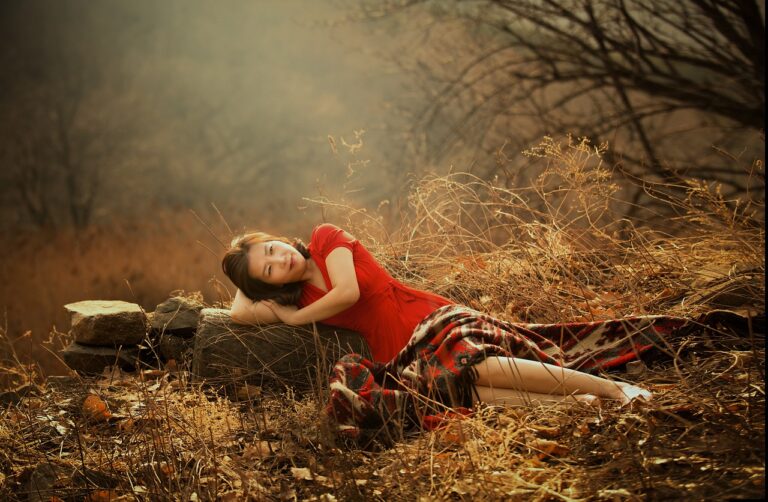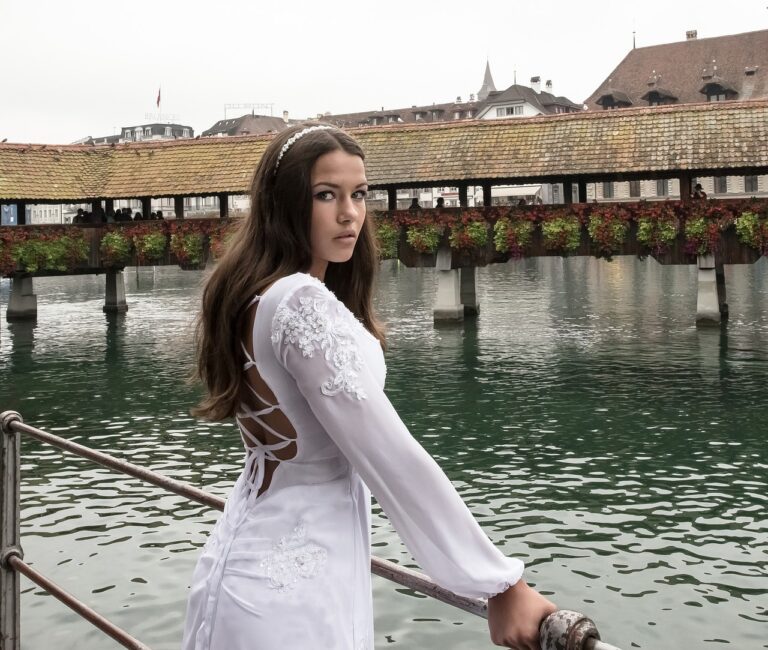Fashion’s Connection with Historical Trends
In the realm of fashion, historical eras hold a significant influence, shaping trends in ways that resonate through time. Each period carries its own distinct aesthetic, reflecting the societal values, cultural movements, and technological advancements of the time. From the glamorous Art Deco styles of the Roaring Twenties to the minimalist chic of the 1990s, fashion serves as a visual marker of the era it represents.
Fashion trends often draw inspiration from moments in history, reviving past styles or reinterpreting them in a modern context. Designers frequently reference historical eras in their collections, incorporating elements such as silhouettes, fabrics, and embellishments that pay homage to different periods. By infusing contemporary designs with historical elements, fashion not only celebrates the past but also evolves, creating a rich tapestry of influences that shape our sartorial landscape.
Key Elements of Historical Fashion Trends
Fashion trends throughout history have been heavily influenced by various elements that reflect the values and societal norms of different eras. One key element of historical fashion trends is the use of specific fabrics and materials. For example, during the Renaissance period, luxurious fabrics like silk and velvet were commonly used in elaborate garments worn by the nobility. In contrast, the Victorian era favored intricate lace and delicate cotton fabrics for women’s clothing, reflecting the emphasis on modesty and femininity during that time.
Another important element of historical fashion trends is the silhouette and structure of garments. In the 1920s, the flapper style emerged with its loose-fitting dresses and dropped waists, symbolizing the liberation of women from traditional constraints. Conversely, the 18th century saw the rise of elaborate hoop skirts and corsets that emphasized a woman’s waist and created a desirable hourglass figure. The silhouette of clothing not only reflected the fashion preferences of the time but also served as a means of expressing societal ideals and values.
How do historical eras influence fashion trends?
Historical eras influence fashion trends by showcasing the cultural, social, and economic influences of the time period. Designers often look back at these eras for inspiration and reinterpret them in a modern context.
What are some key elements of historical fashion trends?
Some key elements of historical fashion trends include silhouette, fabric choice, embellishments, colors, and accessorizing. These elements have evolved over time but are often influenced by past trends.
Why is it important to understand historical fashion trends?
Understanding historical fashion trends can give insight into societal norms, values, and trends of the past. It can also help us appreciate the evolution of fashion and how it continues to shape our current styles.
How can individuals incorporate historical fashion trends into their modern wardrobe?
Individuals can incorporate historical fashion trends into their modern wardrobe by mixing and matching pieces, experimenting with different silhouettes, and adding vintage-inspired accessories. It’s all about finding a balance between past and present styles.





